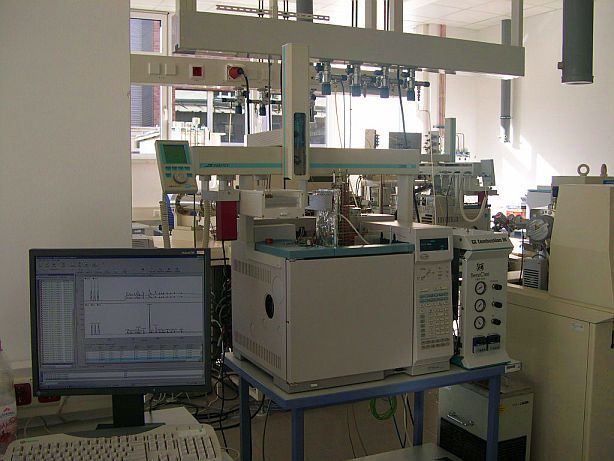Subproject 5
Characterisation of microbial dehalogenation using compound specific stable isotope analysis
Ivonne Nijenhuis (UFZ Leipzig)
Although organohalide respiration has been investigated over the last few decades, it is still unclear which reaction mechanisms are involved. Similar pathways and enzymes are thought to be involved in different organohalide respireres but our recent research comparing the reductive dechlorination of chlorinated ethenes in a variety of microbial strains showed a high variability in apparent kinetic carbon isotope fractionation. The variability of apparent kinetic isotope effects gives rise to the hypothesis that pathways and mechanisms of dehalogenation reactions are slightly different and a systematic study comparing the enzymatic inventory and fractionation factors is needed for a better understanding of the dehalogenation process. Therefore, the main aim of this project is the characterization of the reaction mechanism of reductive dehalogenation using chlorine and carbon isotope fractionation patterns and hydrogen solvent kinetic effects. In this subproject, Dehalococcoides spp., possessing different enzymes capable of dehalogenating a wide variety of substrates, will be used as one of the model systems to investigate the variability of reductive dehalogenases related to the isotope fractionation pattern. The obtained patterns will compared to other organohalide respiring strains such as Sulfurospirillum, Desulfitobacterium or Dehalobacter. Isotope fractionation patterns using multi-isotope analysis including Cl and H isotopes should allow the characterisation of the reaction mechanism as previously done for BTEX and MTBE in our research group.
Selected References:

Experimental setup (gas chromatograph) for stable isotope analysis
